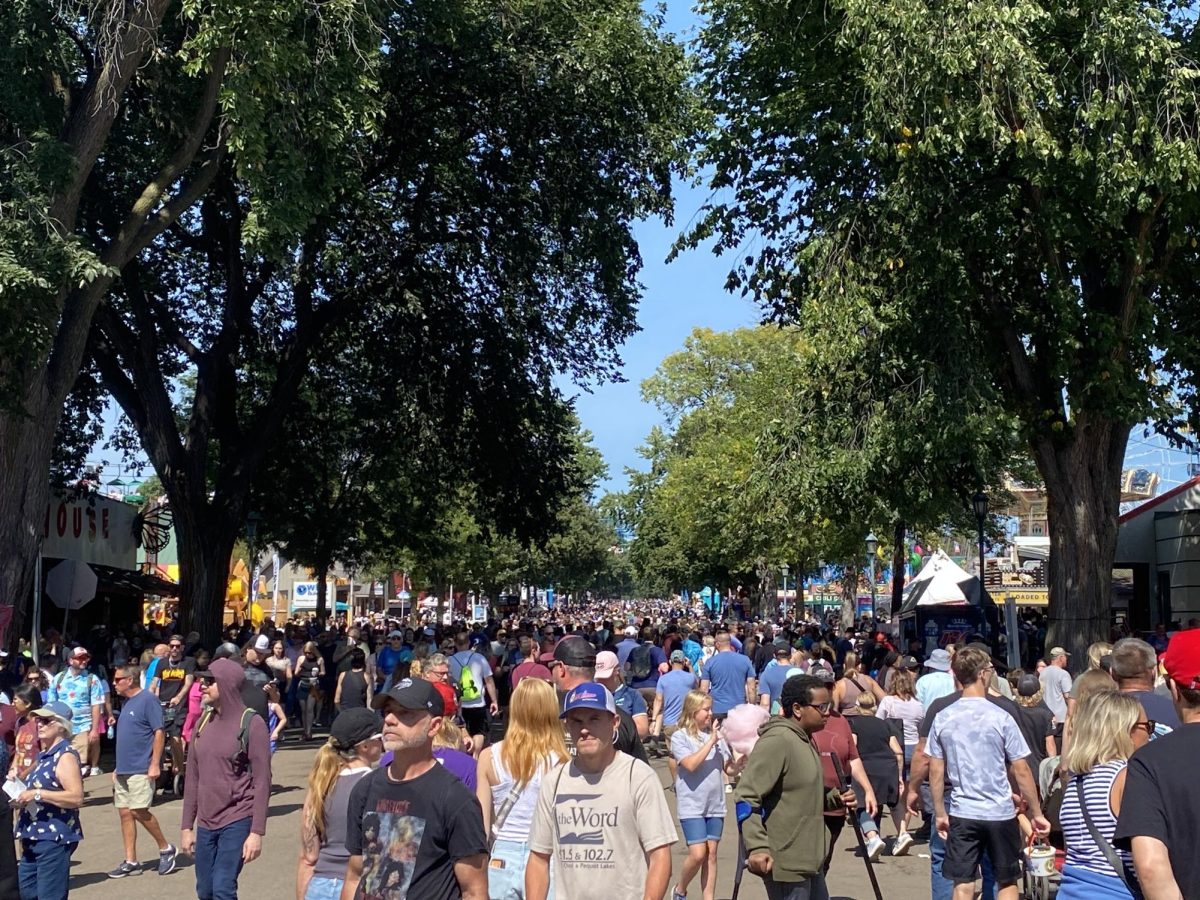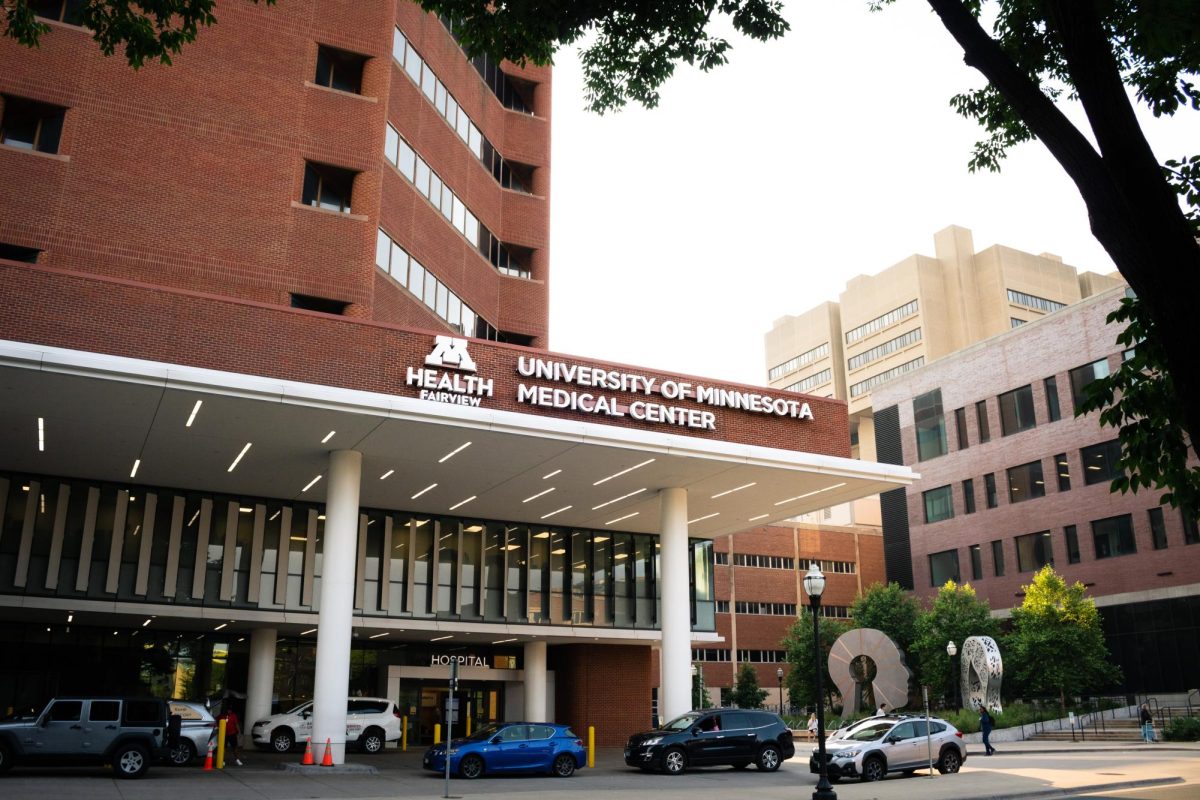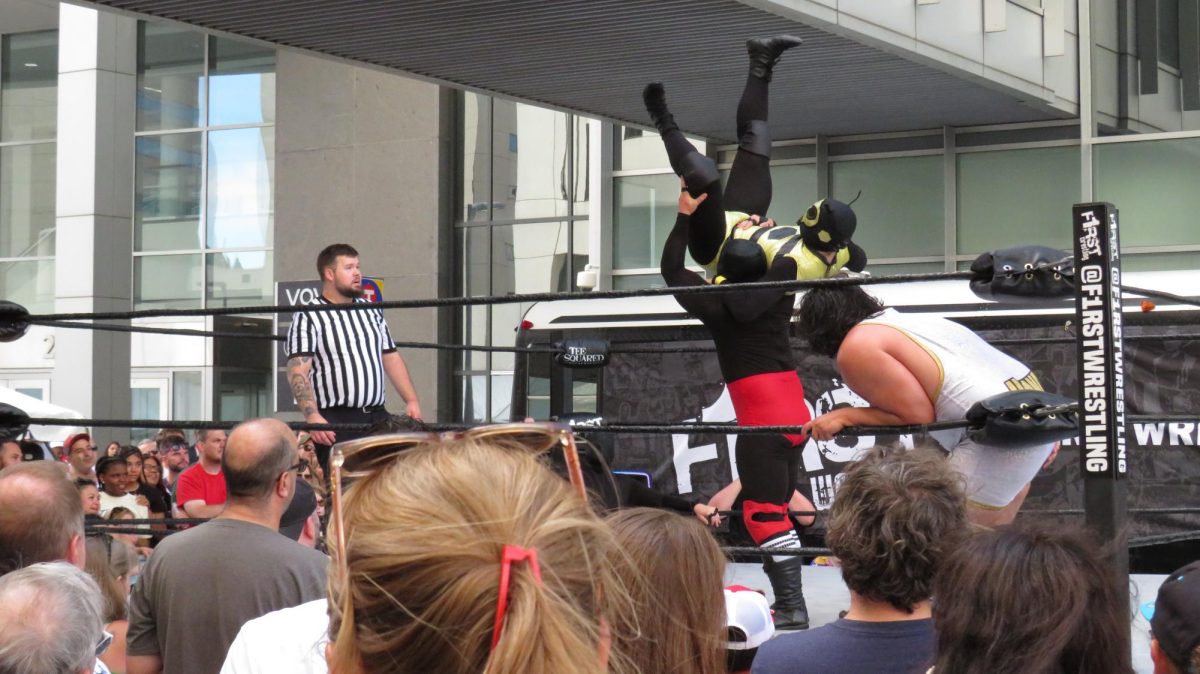Many University students are familiar with the tales of Bob Dylan hanging around Dinkytown in the 1960s. Stories about the apartments where he lived and now-defunct coffeehouses where he played are the neighborhood’s claim to fame in the annals of music history.
But just across the river on the West Bank, a 100-year-old house on Cedar Avenue South and Sixth Street South holds another piece of the University’s connection to music history.
The West Bank School of Music was founded in 1970 by composer and pianist Warren Park. Having graduated from the University’s School of Music a year earlier, he said he saw a void in the local music community and wanted to fill it.
“Having gone (to the University) I knew very well what colleges and universities offered in the way of music education,” Park said. “It was all classical. That left me thinking – since I had a lot of friends who were nonclassical players Ö why isn’t there any kind of a school for nonclassical music? And that’s where the idea started,” Park said.
So Park got together with about a dozen musicians in the areas of folk, rock, jazz, bluegrass, country and blues and founded the school in an old boarding house. The many small rooms were perfect for private lessons, he said. And to help pay the rent, many of the faculty members, including Park, lived in the house, too.
“A real community kind of grew up around the place,” Park said. “We were right in the middle of a revival of folk music, and jazz, too, was a big thing. There was a lot of creativity going on, especially around the West Bank.”
That climate of rising interest in nonclassical styles is what gave rise to the school’s success and produced so many talented local musicians who are connected with the school and the neighborhood, Park said.
Many well-known local musicians such as Peter Ostroushko, Bill Hinkley, Butch Thompson and the blues trio Spider John Koerner, Dave Ray and Tony Glover have taught, taken classes or played at the school, said managing director David Alderson, a University graduate.
“These are historical figures amongst people who know music,” he said.
Ostroushko, Thompson and Hinkley have been regulars on Garrison Keillor’s “A Prairie Home Companion,” Alderson said.
And John Koerner is known as being instrumental in exposing a young Bob Dylan to the styles of folk music that eventually would make him famous.
In his biography “Chronicles, Volume One,” Dylan wrote: “Koerner was tall and thin with a look of perpetual amusement on his face. We hit it off right away. We already knew a few of the same songs like ‘Wabash Cannonball’ and ‘Waiting for a Train’ Ö I learned a lot of songs off Koerner by singing harmony with him and he had folk records of performers I’d never heard at his apartment.”
More than three decades later the school is still going strong, with about 500 students each year, said executive director Karen Lyu.
As the neighborhood has changed, the school has become not only a place for some of the best local musicians to teach and play, but also a place for anyone in the community to learn any kind of music.
“We have Somali immigrants taking classes, we have college students, we have lawyers and we have everybody in between,” Lyu said.
Lessons at the school cost $10 less per 30-minute lesson than typical rates at other music schools, she said. And unlike most music schools, Lyu said, all faculty members are professional musicians.
“Most music schools are set up so that they don’t allow for the flexibility that’s needed for professional musicians to tour and have performances,” she said. “And there are other schools that do have professional musicians teaching Ö but they’re not affordable for most people.”
The school’s relaxed atmosphere and wide variety of musical styles are a big part of what faculty members feel makes the school unique.
“We have some of the best, most diverse musicians in the Twin Cities teaching here,” said guitar and music theory instructor Dale Dahlquist.
Having taught at the school since 1979, a few years after he dropped out of an engineering program at the University, he’s been around the school for a long time.
“We’ve had students come from as far as Red Wing and western Wisconsin,” Dahlquist said. “People have to go a long way to find a place like ours.”







